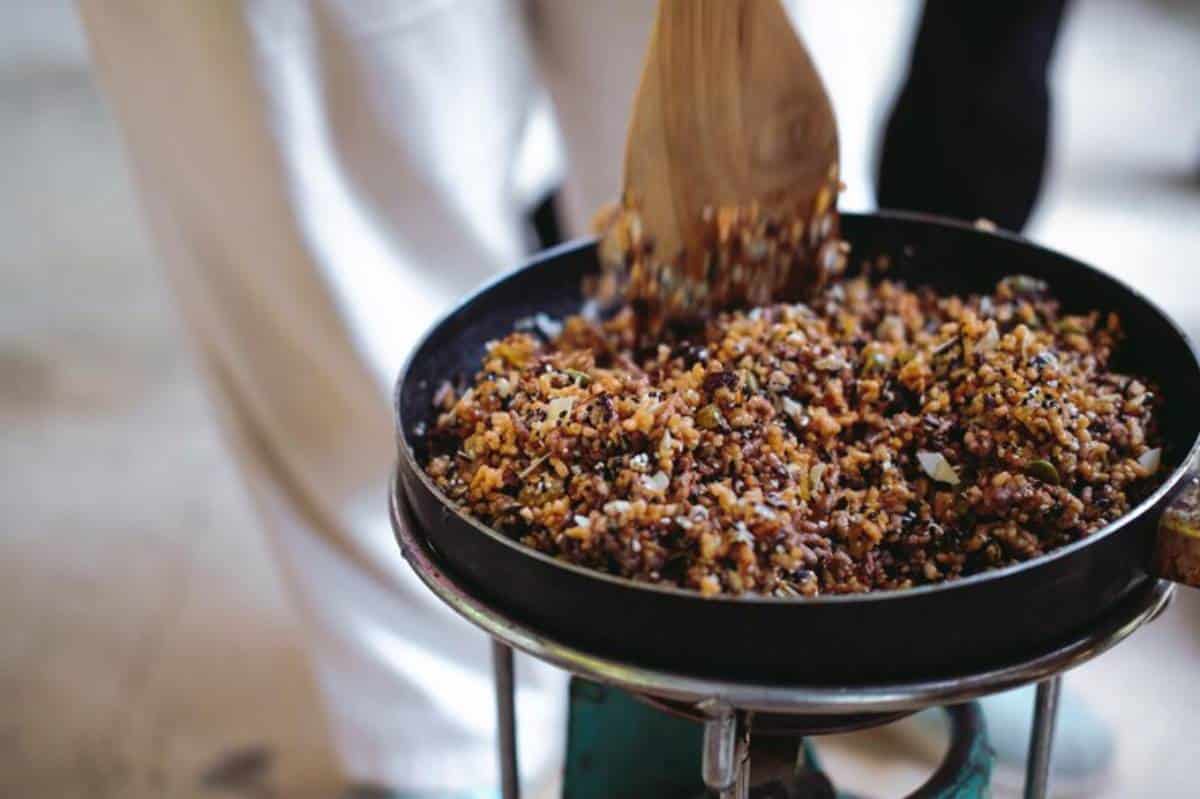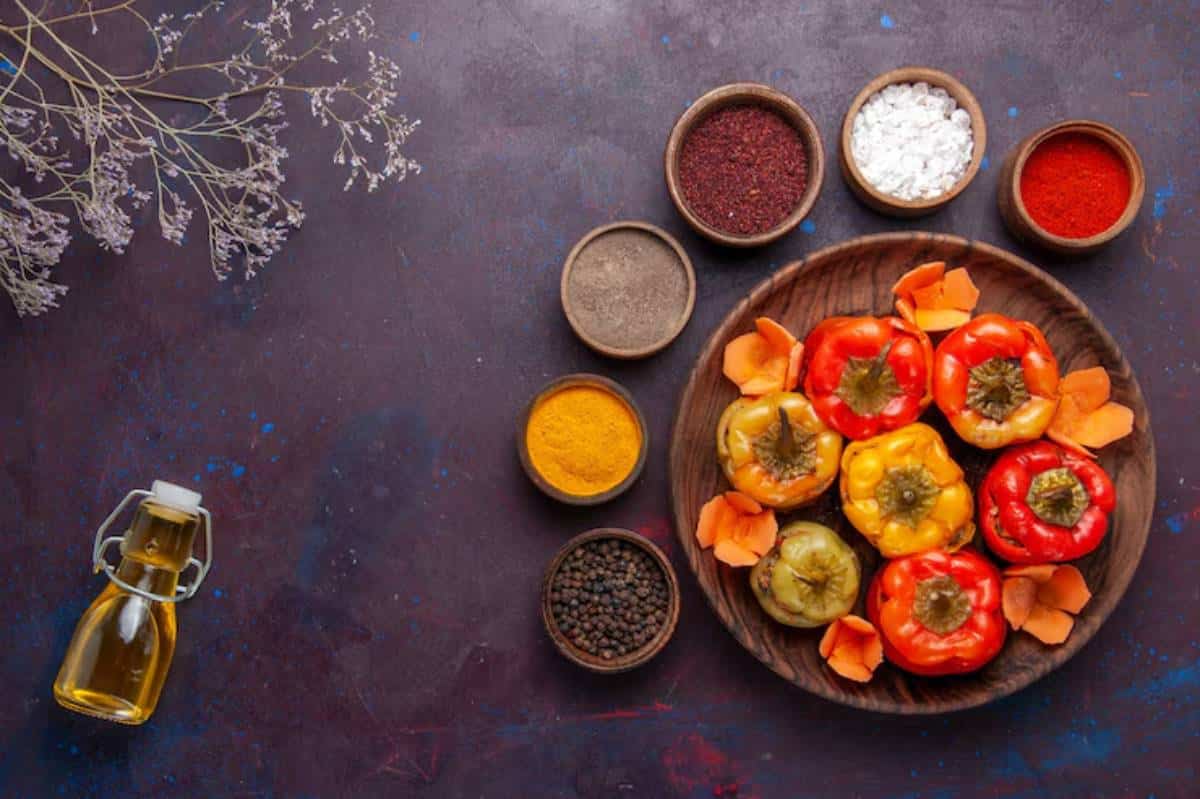
What Are Heirloom Ingredients & Why They Matter
From Soil to Soul: Rediscovering the Roots of Real Flavour
If you’ve bitten into a tomato that tasted like sunshine — sweet and tangy — it probably wasn’t the kind from the supermarket. It was probably an heirloom. These aren’t just buzzwords from foodie circles or seed catalogues. Heirloom ingredients are the original stars of flavour, nutrition, and culinary storytelling.
Heirloom varieties provide something special in today’s fast-paced world of mass farming and convenience produce: authenticity. They connect us to generations past, carry stories in their seeds, and remind us what real food tastes like. Colourful carrots and ancient grains bring back lost flavours. They also hint at a future of mindful eating.
In this guide, we’ll explain heirloom ingredients. We’ll discuss why they’re important in gourmet cooking. You’ll learn how to find them and what they add to your meals, both in nutrition and philosophy. Whether you’re an ambitious home cook or simply curious about what makes a tomato a ‘Brandywine’ rather than a barcode, you’re in the right place.
What Exactly Are Heirloom Ingredients?
A Seed with a Story
Heirloom ingredients are plant types and sometimes animal breeds. They’ve been handed down for generations, usually over 50 years. They remain unchanged by modern hybridisation or genetic modification.
In essence, they’re heritage foods. They’re grown for flavour, colour, texture, or cultural value rather than yield or shelf life. And each one comes with its own story, often tied to specific regions, farming traditions, or families.
Open-Pollinated and Genetically Stable
What makes an heirloom seed different from the ones found in commercial agriculture?
- Open-pollinated: These plants are pollinated naturally by insects, birds, wind, or humans.
- True to type: They consistently produce the same plant characteristics each generation.
- Non-hybridised: Heirlooms can be saved and replanted. Unlike commercial hybrids, they can’t be reliably regrown from seed.
This natural evolution keeps genetic diversity. Modern farming often sacrifices this for uniformity.
Why Heirloom Ingredients Matter in Gourmet Cooking
1. Flavour That Commands Attention
Let’s not dance around it — heirloom produce simply tastes better.
A chef isn’t reaching for a Green Zebra tomato or Jimmy Nardello pepper just for the name. These ingredients offer flavour complexity that mass-grown varieties lack. You might get sweet, smoky, sharp, or earthy notes — all in one bite.
Examples:
- Heirloom tomatoes: Bold acidity, rich umami, and sweet undertones
- Chioggia beets: Less earthy, with a delicate sweetness and visual flair
- Hopi blue corn: Nutty, deep, and rich in colour and taste
If you’re developing a refined dish, these layers of flavour allow you to do more with fewer ingredients, letting each one shine.
2. Nutritional Depth
Many heirloom ingredients haven’t been bred for sugar content or size, which means they often retain higher nutrient densities. A study in the Journal of the American College of Nutrition found that modern crops have less protein, calcium, iron, and vitamin C than older varieties.
This makes heirlooms not just better tasting, but more nourishing too.
3. Cultural and Culinary Storytelling
Heirlooms hold the stories of those who cared for them — Italian grandmothers, Appalachian farmers, and Indigenous seed-keepers. When you cook with heirloom ingredients, you’re not just making dinner. You’re participating in a legacy of cultural foodways.
In fine dining, this adds resonance. A dish featuring Carolina Gold rice or Armenian cucumbers isn’t just about ingredients — it’s about respecting roots.
A Glimpse Into the Heirloom Ingredients List
Let’s explore some beloved heirlooms you’re likely to come across or want to track down:
Vegetables
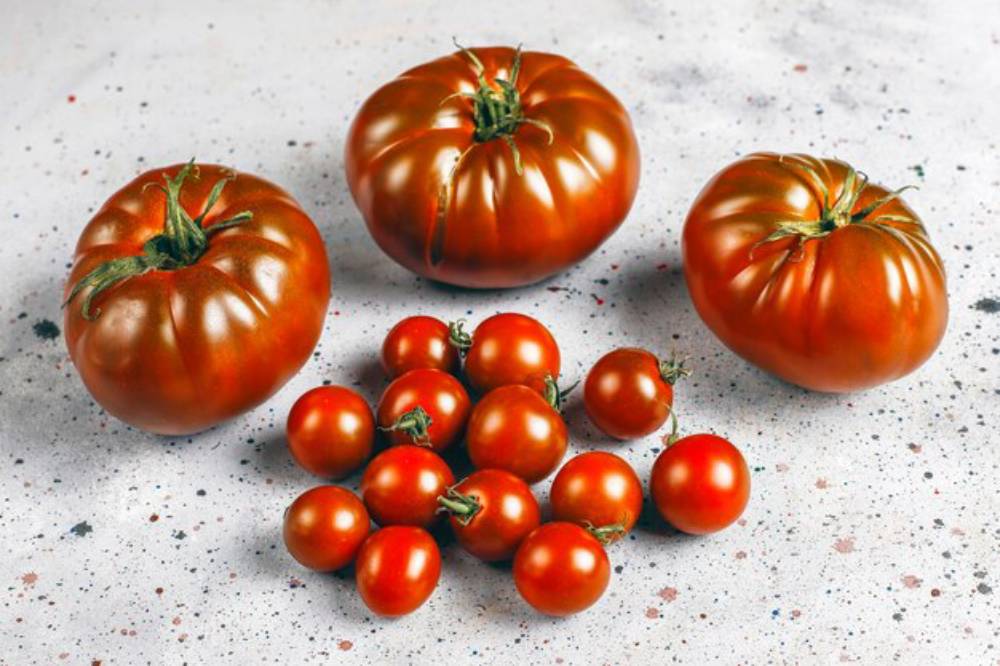
- Brandywine tomato – Meaty texture, sweet-acidic balance
- Dragon carrot – Deep purple skin, orange interior, earthy-sweet flavour
- Romanesco – Fractal-like green cauliflower with nutty notes
- Hubbard squash – Sweet and dense; ideal for roasting and purées
Grains & Legumes
- Farro – Chewy, nutty, ancient grain high in fibre
- Kamut – Rich, buttery kernel linked to Egyptian antiquity
- Black turtle beans – Dense and earthy; hold shape well in stews
Fruits
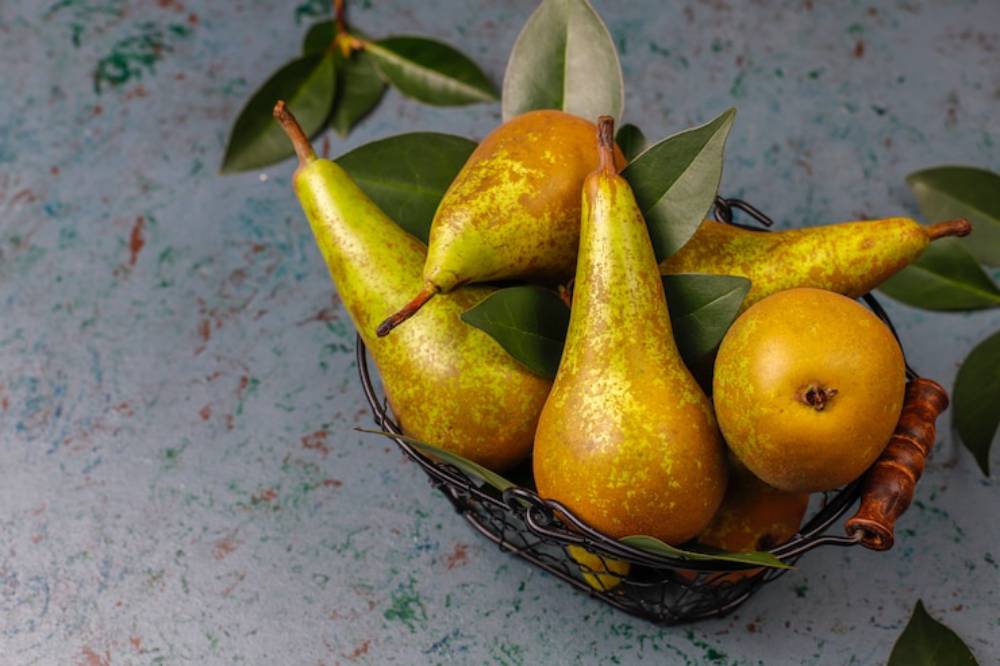
- Seckel pear – Tiny, candy-sweet, ideal for poaching
- Crimson Gold apple – Miniature with bold sweetness and crisp bite
- Heirloom strawberries – Varieties like ‘Mara des Bois’ have a heady perfume and balanced acidity
Herbs & Aromatics
- Lemon basil – Brighter than regular basil, with citrus notes
- Garlic chives – Milder and grassier than bulb garlic
These aren’t just bright decorations — they add unique flavours and looks to well-crafted dishes.
How to Find and Store Heirloom Pantry Staples
Where to Source Them
Getting heirloom ingredients requires more intention than popping into the nearest supermarket. But the rewards are worth the effort.
Sources:
- Farmers’ markets – Best for seasonal, fresh heirloom produce
- Seed-saving organisations – If you garden, grow your own
- Speciality grocers and co-ops – Often stock dried heirloom grains, legumes, and spices
- Online retailers – Look for organic or heritage-focused suppliers
Keep an eye on heritage-focused farms or local permaculture networks. They often carry heirloom produce and dry goods.
If you’re building a gourmet pantry, understanding how to find and store heirloom pantry items will help you preserve freshness and flavour long-term.
Storage Tips
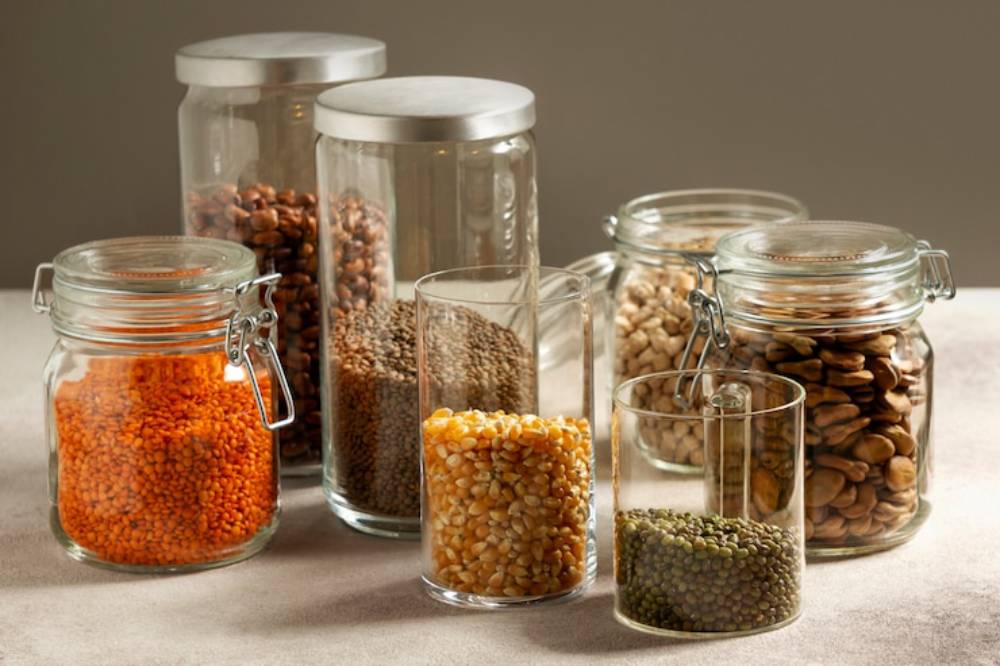
- Grains & pulses: Store in airtight jars, away from light and humidity
- Root veg: Keep in a cool, dark pantry if not refrigerated
- Herbs: Dry and store in small batches to preserve oils
- Tomatoes & fruits: Use fresh within days or preserve via canning or fermenting
Heirloom ingredients are more delicate than mass-produced ones, so treat them with care.
Real-Life Experience: Cooking with Heirlooms
“I made a tomato salad using four different heirloom varieties. It looked like an art project and tasted better than anything from the shop — each tomato had its own identity.” – Julia, home cook from Devon
“I use heirloom grains like farro and Kamut in my weekly batch cooking. They give everything, even leftovers, a richer, more grounded feel.” – Leo, amateur chef in Bristol
“Cooking with heirlooms reminded me of how my grandmother used to make food — slowly, with care. It’s as close to time travel as I’ve ever come through food.” – Reema, London food blogger
These aren’t just ingredients. They’re experiences on a plate.
How to Use Heirloom Ingredients in Gourmet Recipes
You don’t need to redesign your whole menu.
Just substitute or enhance your existing dishes:
- Use heirloom tomatoes in a caprese salad or tomato confit
- Swap out regular rice for Carolina Gold rice in a risotto
- Roast rainbow carrots with honey and thyme for a stunning side
- Infuse oils with rare heirloom chillies or herbs for finishing touches
For special occasions, try using heirloom elements in a gourmet tasting menu where each course tells a story through texture and history.
Why Heirlooms Matter Beyond the Plate
Biodiversity and Sustainability
Each heirloom you support helps preserve genetic diversity in our food system — a crucial defence against disease, climate change, and over-industrialised farming. Monoculture crops may feed the masses, but they weaken the ecosystem.
Support for Small-Scale Farmers
Heirlooms are usually grown by smaller producers who prioritise regenerative methods, soil health, and community-focused farming. When you buy heirlooms, you vote for values beyond the plate.
Deeper Culinary Connection
Cooking becomes more than a function. With heirlooms, it’s participation in a lineage, a moment of stewardship, and an act of reverence.
It’s about knowing the name of the bean you’re eating. And the story behind the seed.
Conclusion: Honour the Past, Savour the Present
Heirloom ingredients are more than pretty colours or rustic marketing. They are part of a quiet revolution. This movement values flavour more than yield, diversity over conformity, and meaning over convenience.
Using heirloom ingredients helps you reconnect with the true source of food. It also elevates your cooking to a more thoughtful level. When you sear Romanesco, simmer heirloom beans, or slice a Black Krim tomato, you create a plate filled with history, character, and heart.
Your next gourmet dish could start with a seed saved generations ago. Time to rediscover it.


